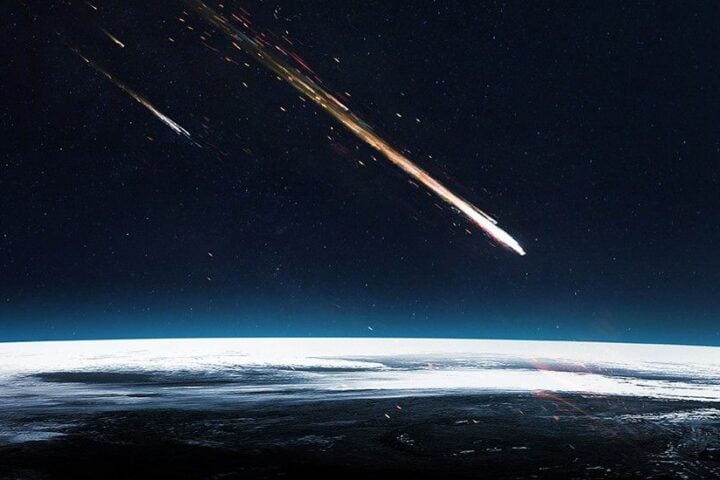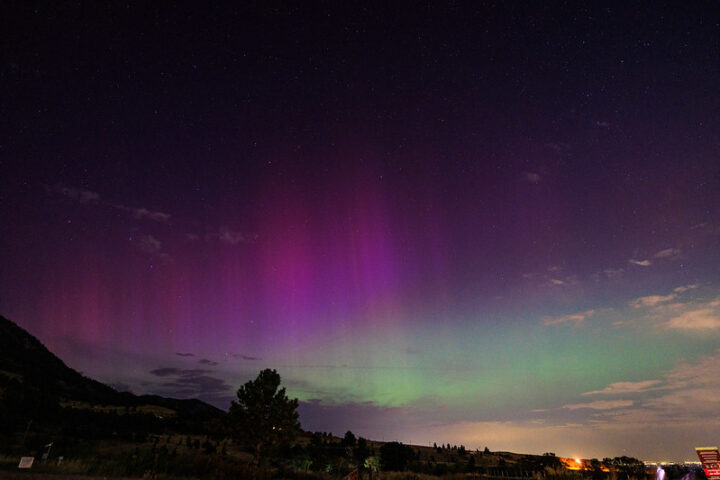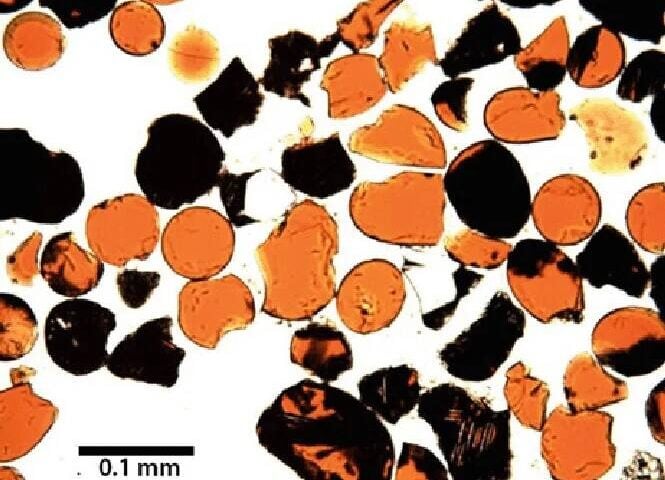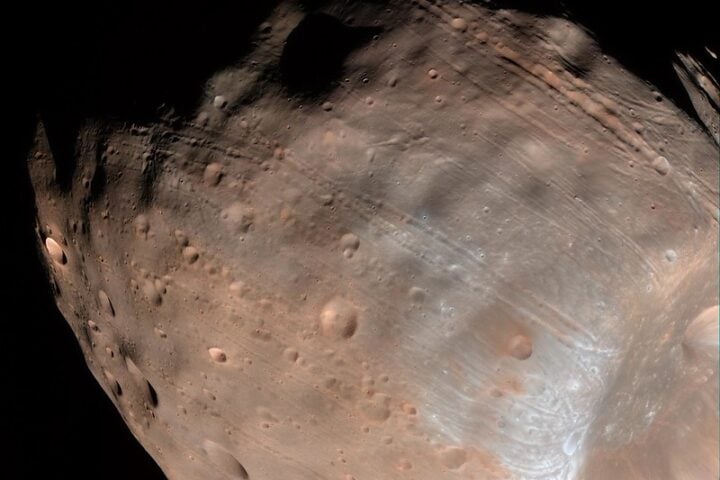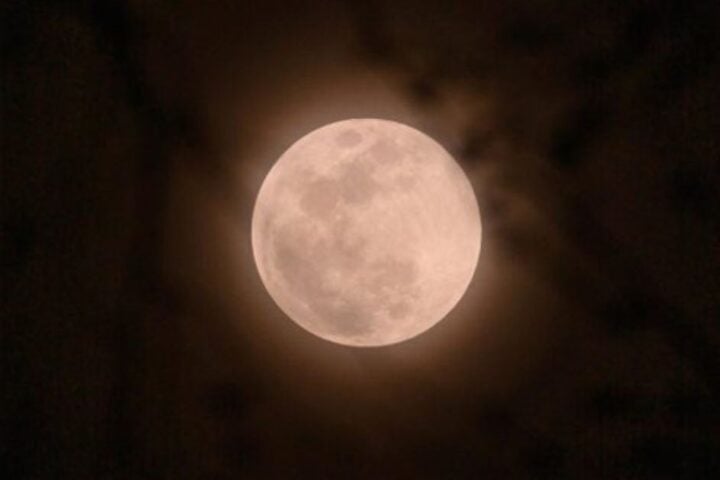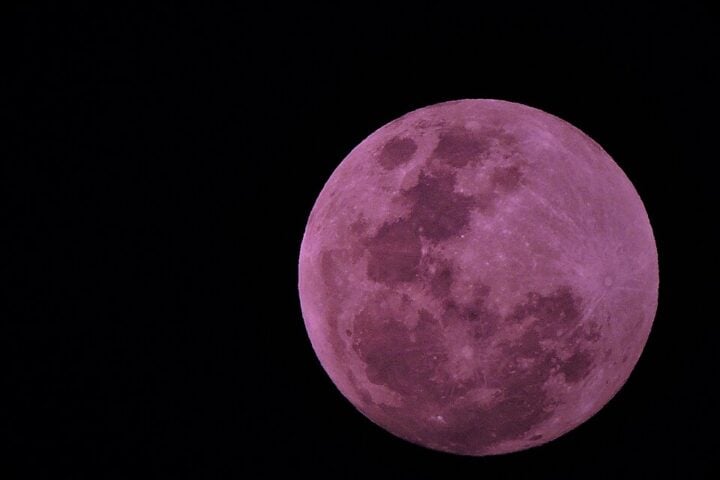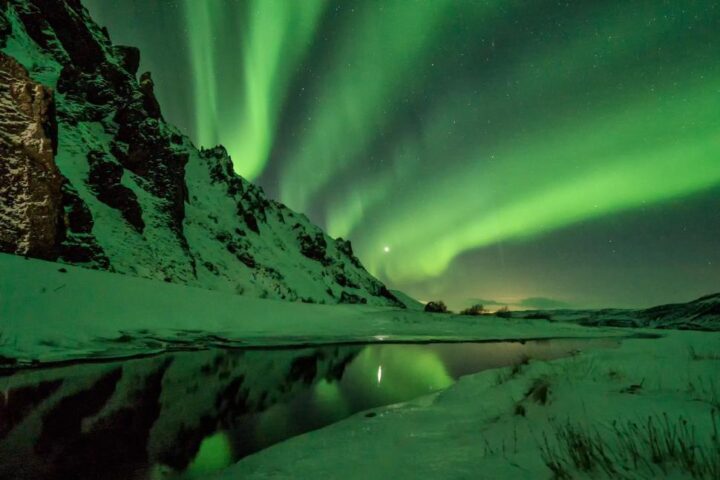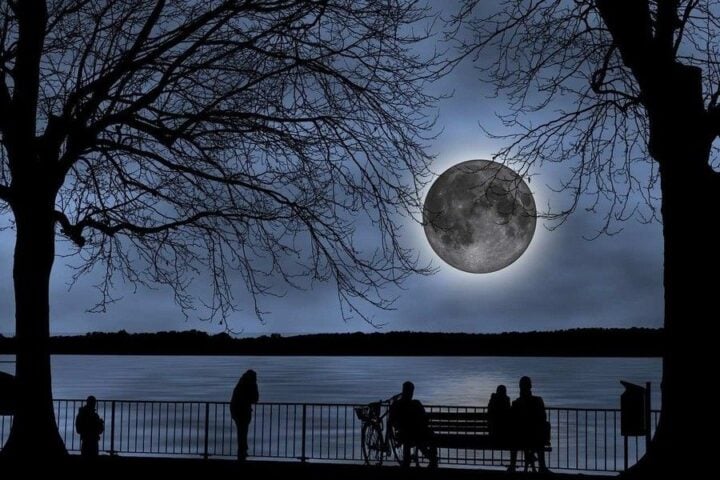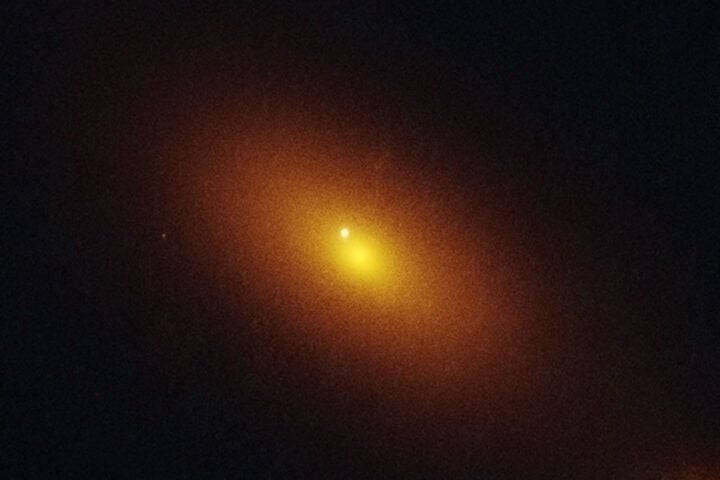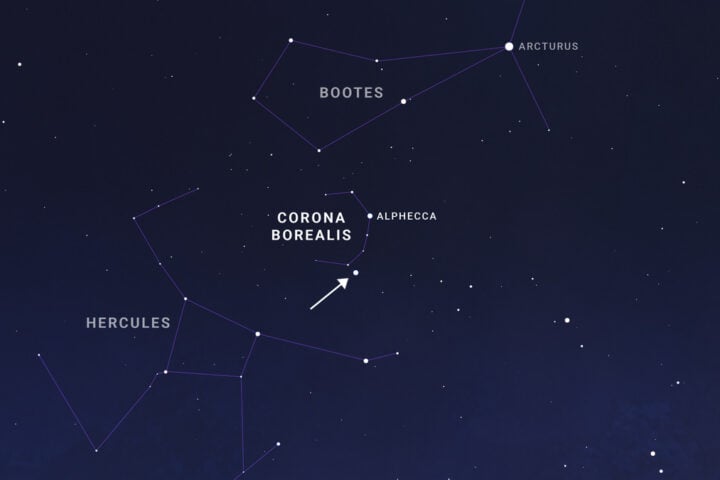March 28, NASA’s Chandra X-ray Observatory, as well as many other observatories have together delivered an image of a 800 year old Supernova. It’s a composite image of the supernova remnant SNR 1181. The object’s name gives us a clue as to when it became a supernova: the year 1181. For about half a year, the “new” star appeared in the constellation of Cassiopeia. It took a long time before astronomers, using modern telescopes, could find the remains of this supernova, but they finally did in the last decade.
This image combines wavelengths of X-rays, optical, and infrared to bring the remains to life. In doing so, astronomers were able to reconstruct what happened to cause the supernova. It appears to have been an incredible amount of astronomical espionage.
NASA’s Chandra X-ray Observatory (cyan) located the nebula’s primary source, while ESA’s XMM-Newton (blue) made X-ray studies of the nebula’s whole length. The nebula, which is hardly perceptible in optical light, radiates light in infrared, as captured by NASA’s Wide-field Infrared Space Explorer (red and pink). It’s interesting to note that Pan-STARRS (white) in Hawaii, USA, and the ground-based Hiltner 2.4 m telescope at the MDM Observatory (green) in Arizona, USA, both saw the radial structure, which is made of heated sulfur that glows in visible light.
Studies of the composition of the different parts of the remnant have led scientists to believe that it was formed in a thermonuclear explosion, more precisely, a special type of supernova called a Type Iax subluminous event. During this event, two white dwarf stars merged and normally, no remains would be expected from this type of explosion. But incomplete explosions could leave a kind of “zombie” star, like the massive white dwarf star in this system. This extremely hot star, one of the hottest in the Milky Way (about 200,000 degrees Celsius), has rapid stellar winds of up to 16,000 kilometers per hour. The combination of a star and a nebula makes it a unique opportunity to study such rare explosions.





